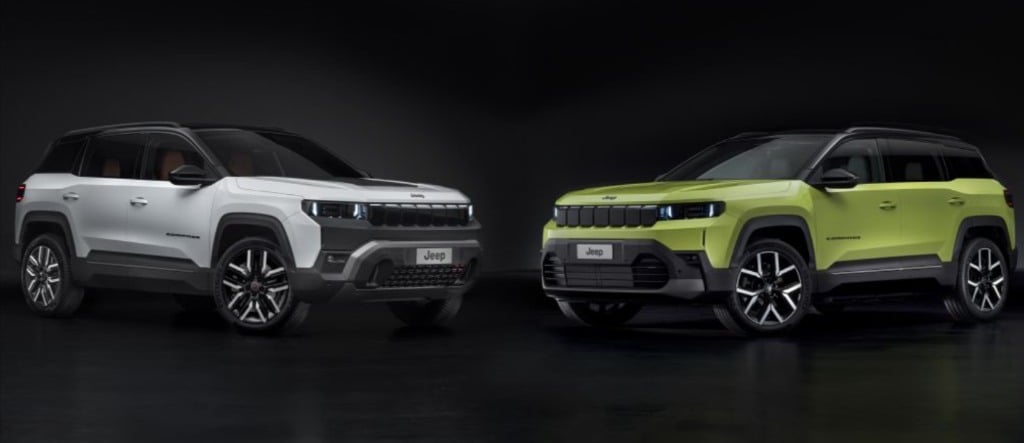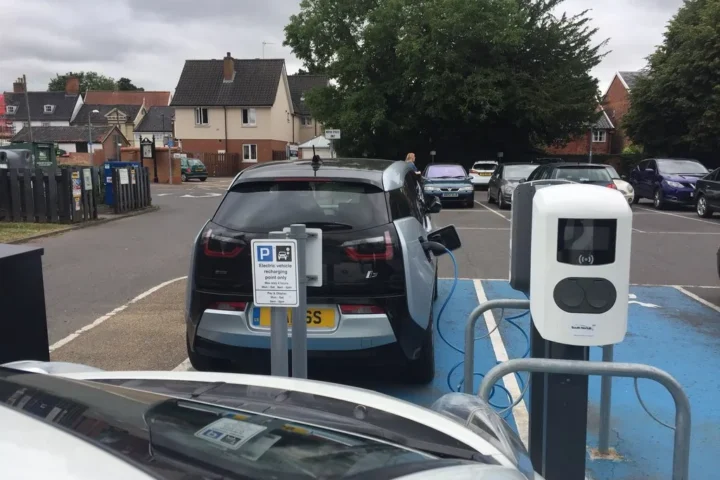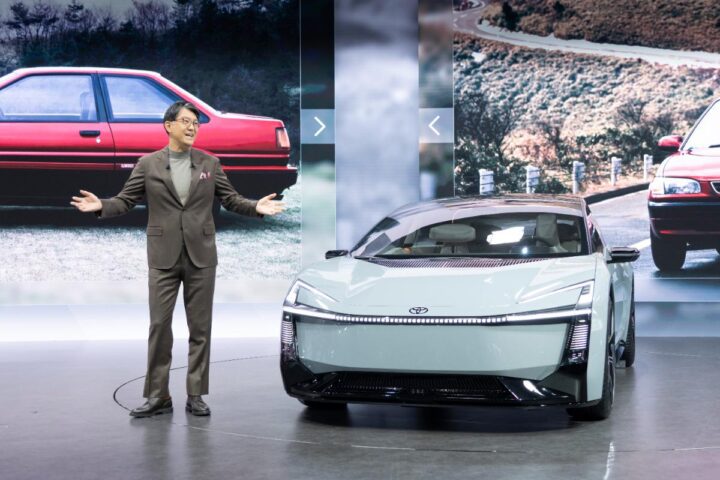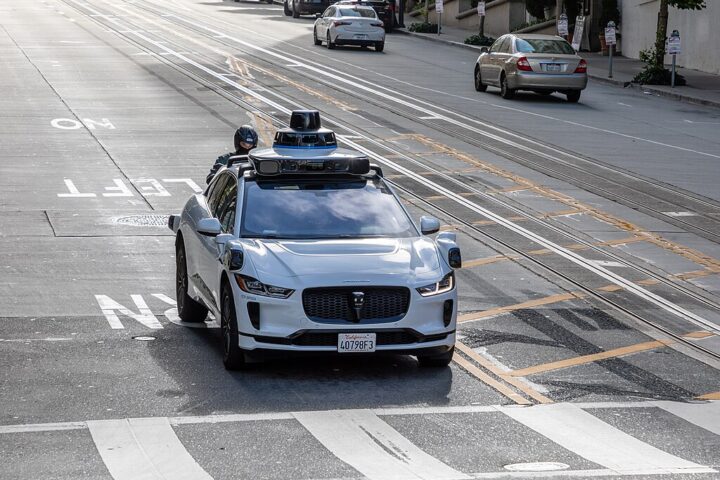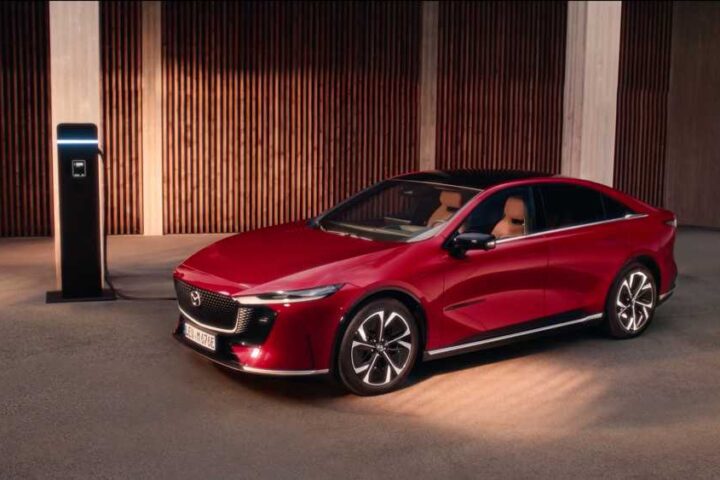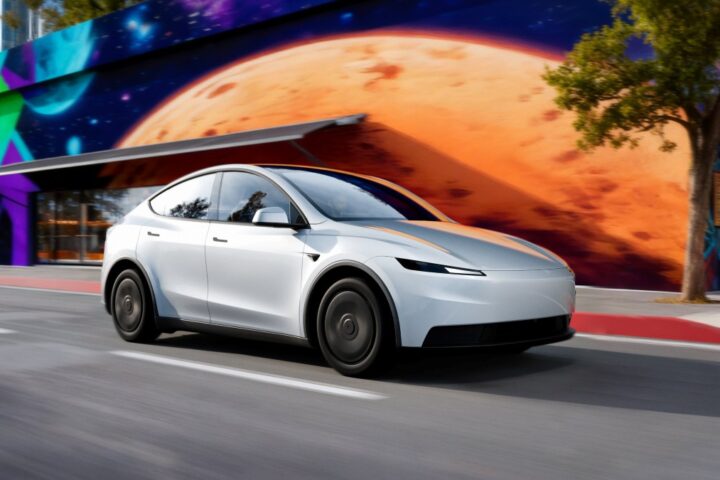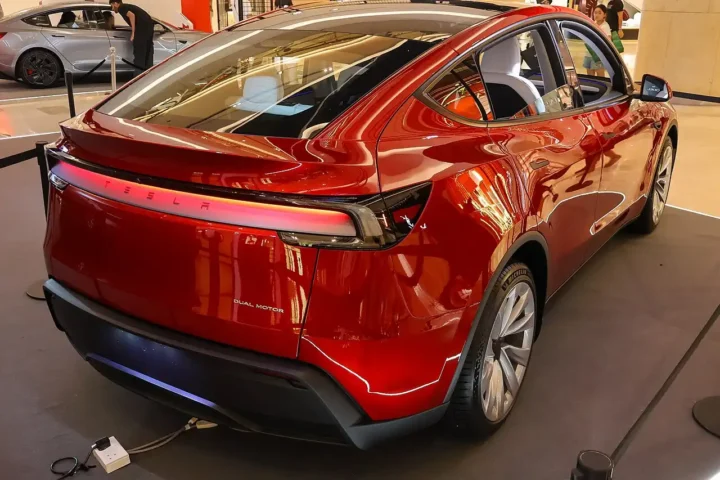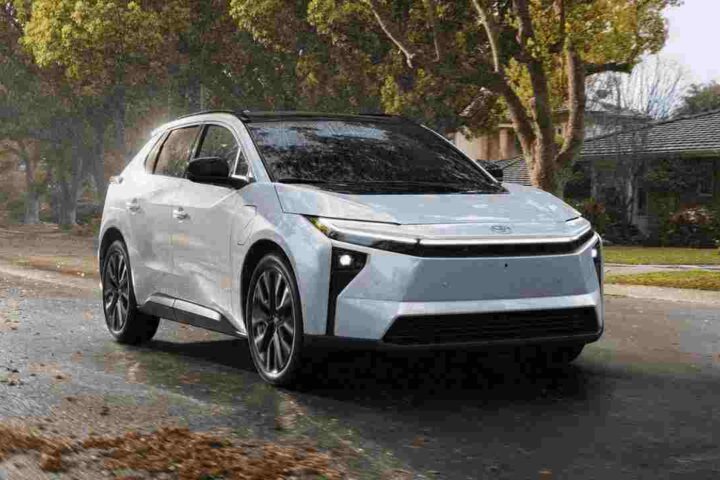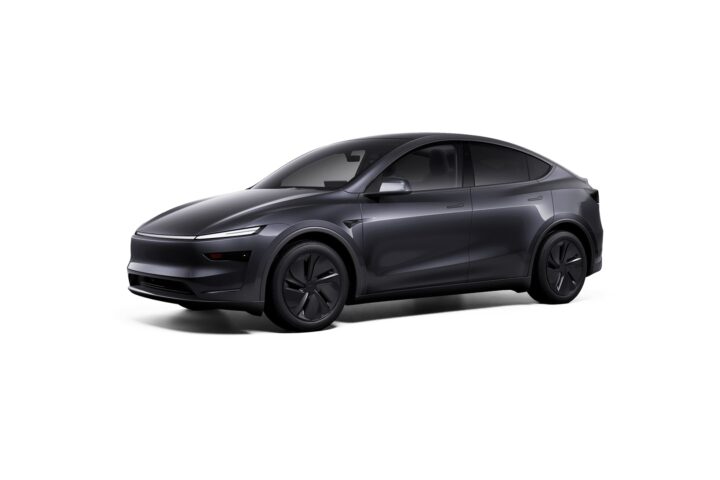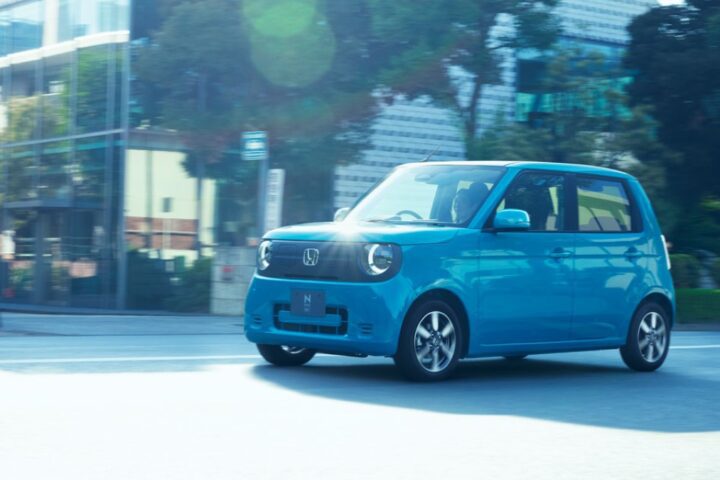The 2026 Jeep Compass marks a clean-sheet redesign that pushes this compact SUV into the electric age while keeping its off-road soul intact. Built on Stellantis’ STLA Medium platform, this next-gen Compass offers three distinct powertrains and tech that would make the original Jeep engineers’ heads spin.
Fabio Catone, Head of Jeep Brand in Enlarged Europe, explains the vision: “The new Jeep Compass boldly represents the brand’s forward-thinking philosophy, highlighting our dedication to not only meeting today’s market demands but also anticipating tomorrow’s opportunities. This vehicle is the perfect expression of the Jeep ruggedness and performance, delivering state-of-the-art solutions while preserving our commitment to electrification and sustainability.”
Three Ways to Charge Your Adventure
Jeep’s electrification strategy gives buyers choices that match their comfort level with plugging in:
- 48V e-Hybrid: A 1.5L three-cylinder paired with a belt-starter generator delivering 145 PS and boosted low-end torque
- Plug-in Hybrid 4xe: 195 PS combined output with AWD capability and approximately 50km of pure electric range
- Full Battery Electric: Three variants from 213 PS (FWD) up to 375 PS (AWD) with dedicated rear motor generating 3,100 Nm of virtual rear-axle torque
The BEV version boasts up to 650 km WLTP range and supports 160 kW DC fast charging, which takes the battery from 20% to 80% in about 30 minutes. For home charging, a 22 kW onboard AC charger handles overnight top-ups.
Jeep DNA Meets Aerodynamic Science
The new Compass keeps its rugged identity with the trademark seven-slot grille, trapezoidal wheel arches, and reinforced bumpers. But now there’s tech hidden in that classic look – active grille shutters, wheel-arch ducts, and flat underbody panels working together to achieve a drag coefficient below 0.30.
“Crafted for outdoor adventures yet perfect for everyday use,” as Catone notes, the new Compass combines off-road capability with practical features. Despite its compact 4.55m length, interior space grows noticeably: rear passengers get 55mm more legroom, and cargo capacity increases 45L to a total of 550L with the standard 40/20/40 split rear seats.
Off-road capability remains central to the Compass mission. The front-wheel drive versions offer a ground clearance of up to 200mm, with approach/breakover/departure angles of 20°/15°/26°. Meanwhile, AWD models provide enhanced capability with angles of 27°/16°/31° and can ford water up to 470mm deep. The Selec-Terrain system provides Auto, Sand/Mud, Snow, and Rock modes for tackling diverse conditions and comes standard on all versions.
Cabin Tech Takes the High Road
The interior gets a much-needed tech overhaul, featuring a 10″ digital instrument cluster and 16″ central touchscreen. The Uconnect 5 system supports wireless Apple CarPlay/Android Auto and over-the-air updates to keep features fresh.
Driver assistance takes a leap with Level 2 autonomous capabilities including adaptive cruise with Stop & Go, lane-centering, optional semi-automatic lane changes, and a 360° surround-view camera. Standard safety features include six airbags, hill-descent control, and tire pressure monitoring.
Market Rollout and Price Tags
European order books are open with deliveries expected in Q4 2025. First Edition e-Hybrid models start at £35,700, with First Edition BEV versions beginning at £39,200.
The First Edition emphasizes key pillars of the New Compass’s development with distinctive features like 20-inch wheels, LED matrix headlights, the Select Terrain system, and 360° protective material that shields the lower vehicle from scratches.
The North American situation looks different. Stellantis has “temporarily paused” the planned Compass retooling at Canada’s Brampton Assembly plant. This pause comes amid tariff uncertainties and product mix reassessments, prompting concerns from Unifor about potential job impacts.
Green Beyond the Drivetrain
The Compass’s environmental credentials extend beyond its zero-emission capability. It’s built at Stellantis’ ISO 14001-certified Melfi plant, which recycles 80% of water and sources 30% of electricity from renewables.
Battery sustainability gets addressed through Stellantis’ partnership with Orano for end-of-life recycling, creating a closed-loop system for critical minerals by 2026.
The Compass is available in six nature-inspired colors: Hawaii (bright green), Pacific (blue), Antarctica (white), Amazonia (brownish green), Yosemite (grey), and Vulcano (black) – each evoking specific natural landscapes.
Total Ownership Picture
The Jeep Wave program covers scheduled maintenance for the first two years along with 24/7 roadside assistance. Battery warranty runs 8 years or 160,000 km, aligning with industry standards.
European drivers will benefit from Jeep’s integration with the IONITY charging network spanning 24 countries. Government incentives help with costs: Germany caps electricity at €0.09/kWh for public charging, France offers up to €6,000 in purchase bonuses, and Italy provides an ecobonus up to €4,500 for qualifying vehicles.
Compass Points Forward
This reimagined Compass marks a pivotal moment for Jeep’s electrification strategy. With the Jeep brand selling 132,000 units across Europe in 2024 (including almost 80,000 Avengers), the new Compass builds on this momentum. It joins a successful lineage that has “captivated over 2.5 million customers worldwide since its debut in 2006.”
Smart shoppers should consider total ownership costs, including:
- Available incentives in your region
- Home charging installation
- Electricity costs vs. traditional fuel
- Maintenance savings (fewer moving parts, regenerative braking)
- Potential resale value (as markets shift toward electrification)
Long-term, the Compass story will be written by how well Jeep balances its adventure heritage with environmental responsibility. The ideal outcome? Vehicles that let us explore natural spaces while working to preserve them for future generations.
As charging infrastructure grows and battery technology improves, electrified SUVs like the Compass may finally deliver on the promise of sustainable mobility without compromise – keeping the freedom of the open road while reducing our footprint on the planet we love to explore.
